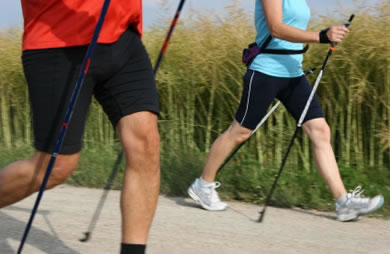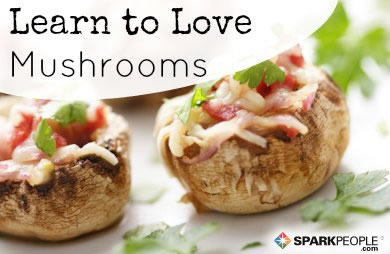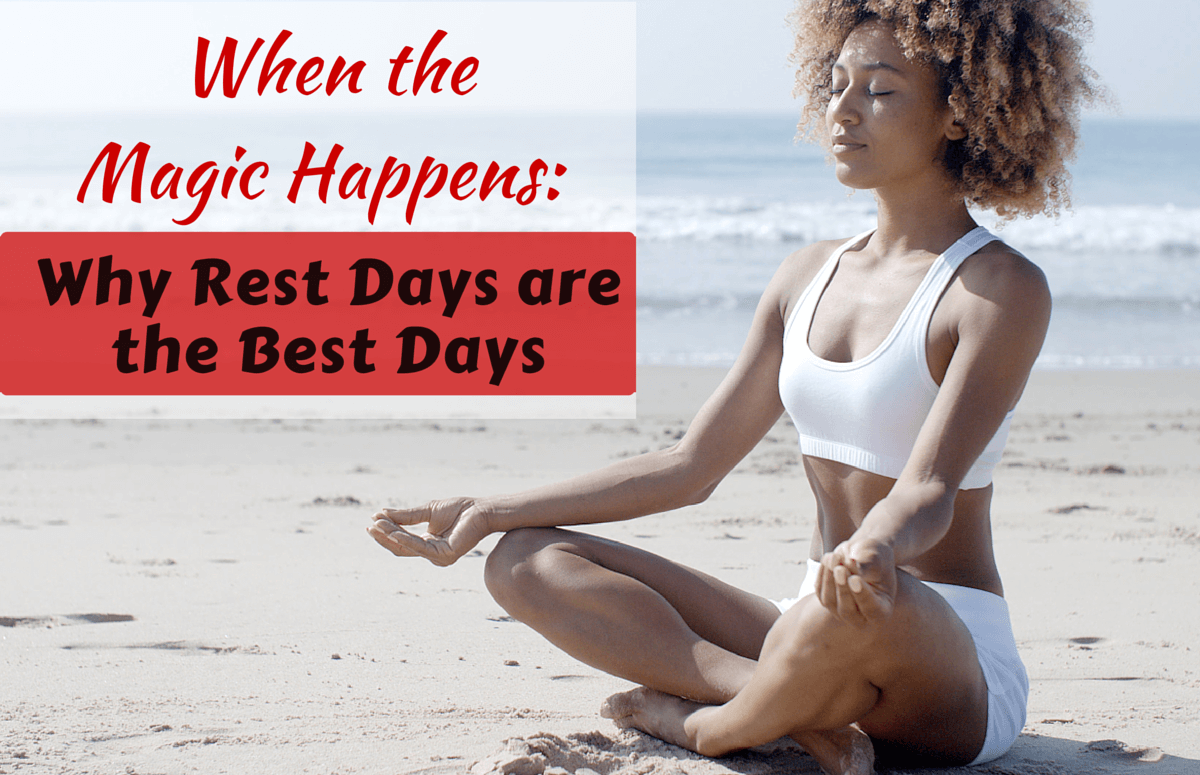|
As part of our research for "The SparkPeople Cookbook: Love Your Food, Lose the Weight," we conducted a "Ditch the Diet Taste Test." We asked successful SparkPeople members, yo-yo dieters and others to answer questions about weight loss, healthy eating, and dieting--and to pit Chef Meg's healthy, delicious recipes against traditional, bland "diet food." You can read all about the Taste Test in Chapter 2 of "The SparkPeople Cookbook," but this week we're sharing five of the diet myths we debunked as part of that project. Did you miss the rest of the series? Read the rest here. Learning to cook is like learning to dance. Once you know the basics, you’ll be able to walk onto the dance floor and know immediately whether you should waltz, tango, or jitterbug to a particular piece of music. Try to tap dance at a wedding reception or waltz to a bluegrass band. It doesn’t feel right, does it? The same goes for cooking. Learn the classic methods, and you’ll be able to walk into any farmers’ market or grocery store, pick up any ingredient, and cook it with pretty good results. There are reasons you don’t steam pot roast or sauté muffins. Below are the techniques I use most often to create healthy and delicious foods. Learn these techniques, and you’ll be whipping up meals you love to eat—with and without a cookbook—in no time! Diet Myth #5: Baking and steaming are the only cooking methods you need to know. No way! Today we're outlining one healthy cooking method, but we have several more to share with you in "The SparkPeople Cookbook: Love Your Food, Lose the Weight." Grilling, broiling, sweating, sautéing, and, yes, baking and steaming--we cover them all. Basically, methods of cooking are broken down into two categories: those using dry or moist heat. Dry heat methods promote browning of foods. Browning occurs as water in the foods evaporates. This is particularly evident in sautéing and roasting as the natural sugars in the food caramelize. With moist heat, the foods are cooked in or over liquids, which will prevent browning. Moist heat methods seal in food’s natural flavors and nutritional benefits. Both have a place in the new healthy kitchen and will yield satisfying, nutritious results. Roasting (dry heat): When we roast, we surround foods with hot air. Roasting does not require fat for cooking, though a small amount is sometimes added for flavor and moistness. At home, I prefer to roast meats and vegetables using herbs and citrus with minimal oil to add flavor. Roasting brings out the natural sugars in vegetables, and it creates a lovely, satisfying brown exterior on meats. This is one of my favorite cooking techniques for bringing out full flavor with little to no added calories or fat. The temperature for roasting can range from 325 degrees to 475 degrees Fahrenheit. The rule is, the larger the pieces of food, the lower the temperature to avoid undercooked interiors and burned outsides. Roasting vegetables, proteins, or starches at a high heat like this is a great way to “faux fry” your food. I use this method for everything from potatoes to chicken tenders. Sometimes members write to us asking how they can learn to like vegetables. I tell them to try roasting everything from radishes to broccoli. Start today with the Roasted Beet and Apple Salad (page 116), which yields tender and sweet beets that pair well with tangy Granny Smith apples. And next Thanksgiving, instead of spending all that time running back and forth to the oven to baste the turkey, make the self-basting Herb Roasted Turkey (page 198) and spend more time catching up with family and watching the game 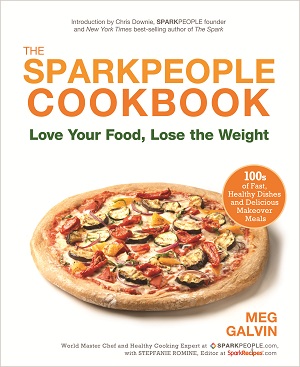 Learn more about this diet myth in "The SparkPeople Cookbook: Love Your Food, Lose the Weight." Click here to get five sneak-peek recipes, too. Do you buy into this diet myth? Why or why not? Which cooking methods do you prefer? Want more healthy recipes from Stepf, me and fellow SparkPeople members? Be sure to subscribe to SparkPeople's Recipe of the Day email. Click here to sign up! Did you know SparkRecipes is now on Facebook? Click here to "Like" us! |
Related Entries
More From SparkPeople |








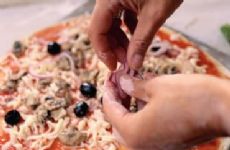

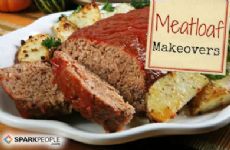

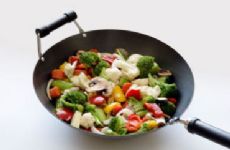
.png)





